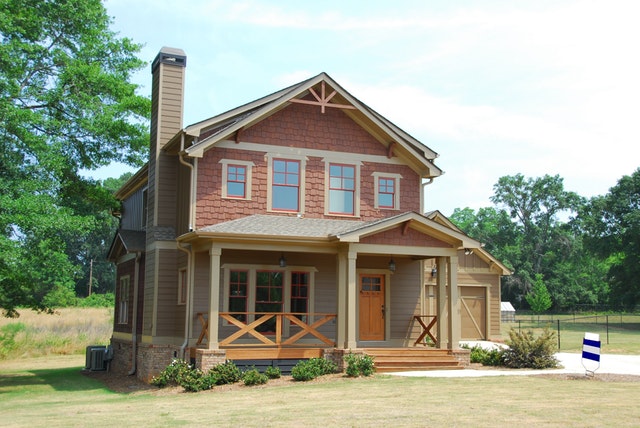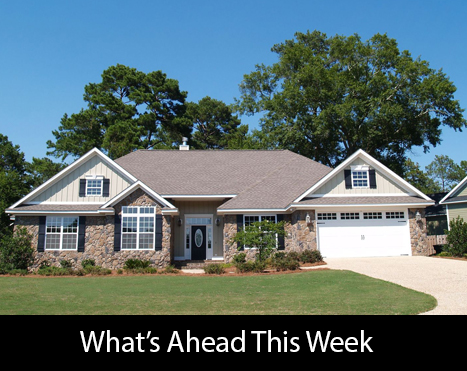NAHB: Home Builder Confidence Near 1999 High
 The National Association of Home Builders reported a housing market index reading of 74 in February; the index reading was one point lower than for January and was only two points below the highest reading of 76 reported in December. Readings over 50 indicate that most builders consider housing market conditions to be positive.
The National Association of Home Builders reported a housing market index reading of 74 in February; the index reading was one point lower than for January and was only two points below the highest reading of 76 reported in December. Readings over 50 indicate that most builders consider housing market conditions to be positive.
Factors contributing to builder confidence included strong housing markets and low mortgage rates; job growth and higher wages also boosted builder confidence.
Low Inventory Influences Home Prices
Low inventories of available homes continued to drive demand and rising home prices. Homebuyers faced with low supplies of existing homes turned to new home developments for additional options. First-time homebuyers faced obstacles including affordability and student loan debt that negatively impacted the ability to save for a down payment and qualify for home loans.
High costs of building materials and lots contributed to homebuilder expenses and higher home prices. Analysts noted that environmental and zoning issues also presented challenges for builders and limited their ability to meet the rising demand for affordable single-family homes.
Composite indices used to calculate the Homebuilders Housing Market Index slipped one point in each category. Builder confidence in current market conditions for newly-built single-family homes fell to an index reading of 80 and builder confidence in market conditions over the next six months dipped to 79. Buyer traffic volume in new housing developments dropped to 57, but buyer traffic readings of 50 or more were historically rare until recently.
Analysts identified correlations between the Housing Market Index and readings on consumer sentiment. The University of Michigan’s Consumer Sentiment Index and the Conference Board’s Consumer Confidence Index readings trend close to the NAHB Housing Market Index but are reported one month behind the Housing Market Index.
Regional Builder Confidence Mixed
Homebuilders reported mixed confidence in housing market conditions throughout the U.S. Market Conditions improved in the Northeast where homebuilder confidence was five points higher at 67. The Midwestern region reported a builder confidence reading of 62, which was five points lower than January’s reading. Homebuilder confidence in the South rose two points to an index reading of 79; homebuilder confidence fell four points in the West to 82.
Regional builder confidence levels reflect local economic conditions and events impacting housing markets.
 For most individuals and families, their home is the most expensive investment they will ever purchase. Therefore, it is important for everyone to take care of their home. Routine maintenance can prevent costly repairs from arising down the road.
For most individuals and families, their home is the most expensive investment they will ever purchase. Therefore, it is important for everyone to take care of their home. Routine maintenance can prevent costly repairs from arising down the road. Last week’s economic reporting included releases on inflation, retail sales, and consumer sentiment. Weekly readings on mortgage rates and first-time jobless claims were also released.
Last week’s economic reporting included releases on inflation, retail sales, and consumer sentiment. Weekly readings on mortgage rates and first-time jobless claims were also released.